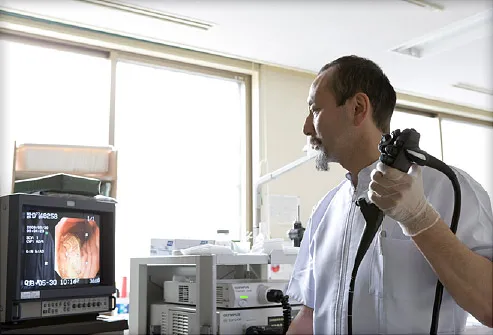Endoscopy is a nonsurgical procedure used to examine a person’s digestive tract. Using an endoscope, a flexible tube with a light and camera attached to it, your doctor can view pictures of your digestive tract on a color TV monitor.
During an fasting for 6-8 hours prior to the procedure. To examine the colon, it must be cleared of stool. Therefore, a laxative or group of laxatives is given on the day before the procedure.
Sedation. For most examinations with an endoscope, a sedative is provided. This increases the comfort of the individual undergoing the examination. The sedative, which is administered via an injection into the vein, produces relaxation and light sleep. There are usually few if any recollections of the procedure. Patients wake up within an hour, but the effects of the medicines are more prolonged, so it is not safe to drive until the next day.
General anesthesia (puts you totally asleep for a period of time) is given in only very special circumstances (in young children, and when very complex procedures are planned).
